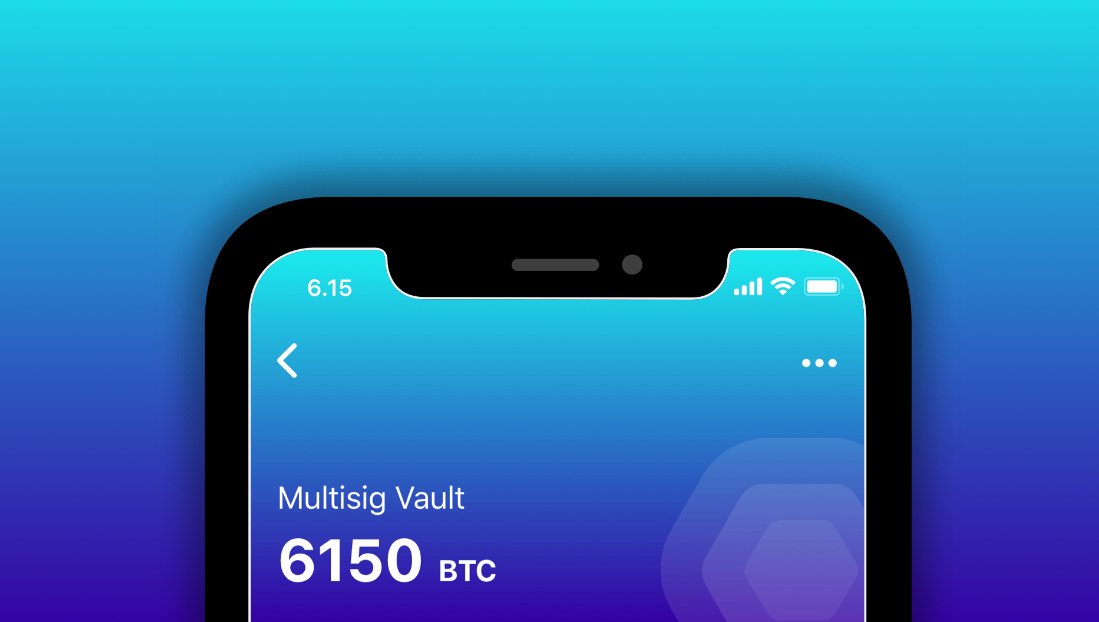Protect Your Crypto Assets With Multisig Wallets. Multisig wallets are an excellent way to protect your crypto assets. They eliminate key person risk, increase security and deter malware infection.
The majority of blockchains support the creation of multisignature addresses, and many exchanges and wallet providers employ some version of a MultiSig wallet to safeguard their clients’ funds.
Two-factor authentication
Two-factor authentication is a security mechanism that adds an extra level of security to your accounts, making them more difficult for hackers to break into. Unlike traditional passwords, which can be easily stolen from a pad of paper, two-factor authentication requires an additional login credential – something that only you have access to. It’s the best way to protect your online accounts from theft and ensure that only you can access them.
The most common form of two-factor authentication is a hardware token that’s connected to your computer via USB. These tokens provide a one-time code that you have to enter to verify your identity. These tokens are more secure than software tokens, which can be duplicated, and are also much more flexible.
Another type of two-factor authentication is biometric verification, which uses your face, fingerprints, retina, or voice to authenticate you. It’s a great option for users who want to minimize their risk of being stolen, but it can be tricky to implement and use on a variety of devices.
Multi-sig wallets can also function as a form of two-factor authentication, because they allow you to store private keys on multiple devices. This can make it harder for a hacker to break in, as they would need to get hold of your laptop or mobile phone before they could unlock your wallet.
However, there are some disadvantages to this method, such as the fact that losing your laptop could also mean you lose all of your funds. That’s why 2-of-2 multi-sig addresses are a better choice for storing crypto currency than single-sig wallets, as they provide more security by allowing you to store two of your keys on different devices.
This is especially important in the event of a hack, since you may not have a backup of your private keys on a different device. It is also possible to create time-locked transactions, which prevent hackers from using your money until a specified date and time.
There are a variety of ways to implement two-factor authentication in your organization, but it’s crucial to choose the right solution for your needs and budget. You need a system that balances strong security with easy user experience. It should also roll out quickly and effectively, without compromising security.
Trustless arbitration
When a multisig wallet requires more than one key to release funds, it adds an extra layer of security that makes it difficult for malicious parties to steal funds. In order to do this, they would have to compromise all of the hardware wallets that make up your multisig wallet.
The blockchain is a decentralized system that has no central authority. It uses complex algorithms to verify transactions, ensuring that all parties agree on them. It also coordinates the collective power necessary to process them and record them on a ledger, which is a pseudo-spreadsheet shared between all nodes in the network.
For example, if a buyer and seller are selling an item using a multisig wallet, a third party, called an arbitrator, can determine whether the condition of the item meets its criteria and release the funds. This is an effective way to resolve disputes without relying on traditional legal systems.
Trustless arbitration is a type of dispute resolution that is used in a variety of industries and situations. For instance, Kleros is a dApp that uses trustless arbitration to vet people for jobs such as translators.
Similarly, Bitrated is another dApp that uses trustless arbitration to release funds to buyers and sellers. If the buyer and seller disagree, the arbitrator can help them negotiate their differences and provide a signature that releases the funds.
This type of arbitration is an important part of the multisig wallet system because it adds a significant layer of protection to all parties involved in a transaction. For instance, if the seller and buyer disagree on a product, the buyer can appeal to the arbitrator who can decide on what should happen next.
In this way, trustless arbitration is similar to escrow in traditional legal settings. In escrow, a third party holds money until certain conditions are met. The escrow also has the right to use its own private key in order to release funds.
A common question raised about trustless arbitration is whether it can be seen as an autonomous legal order. The answer to this question depends on how the law of the country in which the multisig wallet is held applies.
Enhanced security
Multisig wallets eliminate a single point of failure and make it difficult for hackers to steal funds from an account. This feature is especially beneficial if you are using crypto for a business or a group effort.
A multisig wallet requires two or more private keys to move a cryptocurrency. It is also known as a shared wallet or multi-signature wallet. This feature provides enhanced security since more than one private key is required to make a transaction.
It is important to note that multisig wallets are not suitable for everyone. They require a high level of technical expertise and must be carefully maintained to keep your private keys safe.
In addition, you must provide additional backups for your multi-signature wallet to protect against loss or theft. In most cases, you will need to store two keys: a key that is easily accessible and a backup key held by a service provider, such as Casa or Unchained Capital.
You will also need a recovery phrase for each of your keyholders that they must keep in a secure place or else the wallet will be unable to send funds. This allows you to ensure that more than one key is needed to verify a transaction and that no one can use their key to move funds from your wallet.
To ensure that your multisig wallet is protected, you must be careful to backup all of the keys that are used to sign transactions. This is a task that can be difficult and time-consuming to complete, so you should look for a solution that can handle it for you.
For example, Vault 12 is a key backup solution that can handle multi-signature wallets without sacrificing security. It splits and safely stores keys in a geographically distributed, privacy-minded way to offer redundancy without compromising security.
Another benefit of multisig wallets is that they help to avoid a problem called “two-of-three” crypto theft. This occurs when an attacker uses a 1-2 multisig wallet to move funds from a victim’s account to another address. This type of fraud has been reported to occur in the past, and it can be a serious threat to crypto users who store their funds on the web or in a hardware wallet.
Trustless escrow
When it comes to making online purchases, trustless escrow is an important part of the process. This is because it allows users to safely and securely conduct transactions without putting their personal information at risk. In addition, it also offers added security and protection against fraudulent or malicious activity.
Traditionally, escrow involves the use of a third party who holds funds until certain conditions are met. This ensures that both parties involved in the transaction are aware of their obligations and agree to them. However, this method often has many limitations and is not always reliable.
One way to improve the security of escrow transactions is to set up multi-signature wallets. These wallets require multiple private keys to authorize a transfer. These wallets allow users to store their private keys on several devices and secure the wallet through a two-factor authentication mechanism.
A 2-of-3 multi-signature wallet allows a buyer and seller to deposit money into a multi-signature address that will only release the funds once all required key holders have signed a transaction. A trusted intermediary constructs the escrow wallet and the deposited funds are sent to this address.
The advantages of using a multi-signature wallet are that it adds an extra layer of security to the Bitcoin blockchain, and it facilitates trustless escrow transactions. This is especially useful for transactions that involve large amounts of money, as it eliminates the need for third parties to hold the funds until all requirements have been met.
This makes it more difficult for fraud to occur because a thief would have to obtain the private keys of both parties, which would be impossible unless the wallet had been lost or stolen. Additionally, it helps prevent phishing attacks and malware infections because the hacker would have to obtain all 3 keys before they could access the funds.
For example, imagine a couple who wants to sell their apartment. The couple uses a 2-of-3 multi-signature address to deposit funds into a wallet that will only release the funds once both of them have signed a transaction. Upon receiving the funds, the couple can then proceed to sell the property.




